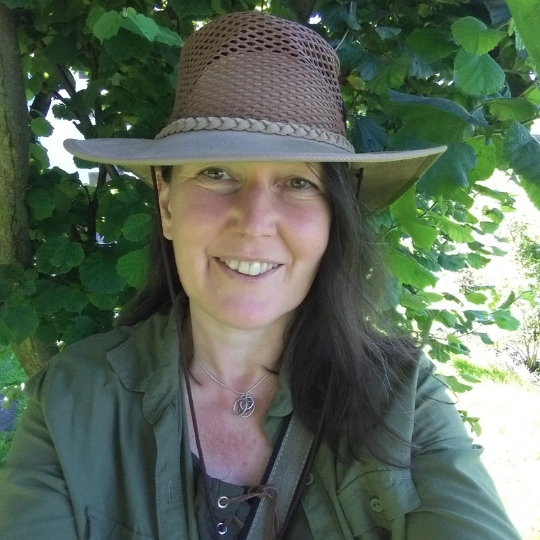

Tell us a little about yourself.
My passion for wildlife started young and my whole career has been as a zoologist, both researcher and educator. I’ve been teaching on the Wildlife Media course since it started over 10 years ago now. I was already teaching Animal Behaviour for the University and when I was offered the chance to get involved, I jumped at it.
Let us know more about your industry/practice background.
My academic background started with a degree in Zoology at Sheffield University where I was particularly inspired by my Animal Behaviour lecturer. I then undertook a PhD at St Andrews University studying song learning in birds and remained there for a number of years undertaking research. I then focused on teaching and have been involved in course development and delivery in a number of institutions across Scotland and the North of England, finally settling at Cumbria University.
What research area do you specialise in?
My current research interests have become more conservation orientated with a particular focus on pollinators. I was recently involved in the production of the first Cumbria Bumblebee Atlas which gives information and current distribution maps of all the species we have in our area. As part of this interest, I run an extra-curricular Pollinator Recording Group with my students.
I’m also very interested in our attitudes to different wildlife species and the biases that exist. This is an area where our Wildlife Media students may well have influence in the future!
What modules do you teach and what is your favourite part of these?
I teach on the wildlife focused modules of Wildlife Media across all year groups. This includes the first year Naturalist Skills module. I enjoy exploring the great biodiversity Cumbria has to offer and introducing students to aspects of wildlife they may not have previously considered, as well as the regular favourites.
What makes your course different?
The Wildlife Media course is truly multi-disciplinary. Students have the opportunity develop both creative and technical lens skills in addition to a firm understanding of wildlife based on scientific principles. All this takes place in Cumbria, the most habitat diverse county in England with plenty of opportunity to find stunning wildlife.
What advice would you give to students considering studying on this course?
Come with an open mind and willingness to engage with all the activities on offer. Students arrive on the course with a wide range of previous experiences and interests. We aim to accommodate and build on them all. Learning about the nature around us is a lifelong pursuit and its never too early or late to start.
What’s your favourite thing about teaching at Cumbria?
My greatest pleasure as an academic is sharing my wonder of wildlife with the students I teach. All this in a beautiful location!
And, finally...
Can you tell us an interesting fact about yourself?
Whilst I’m now most commonly spotted in the hedgerows, I used to dive regularly and also enjoy the underwater world. I count sharks, seals, turtles, octopuses and giant jellyfish among my favourite wildlife sightings.
